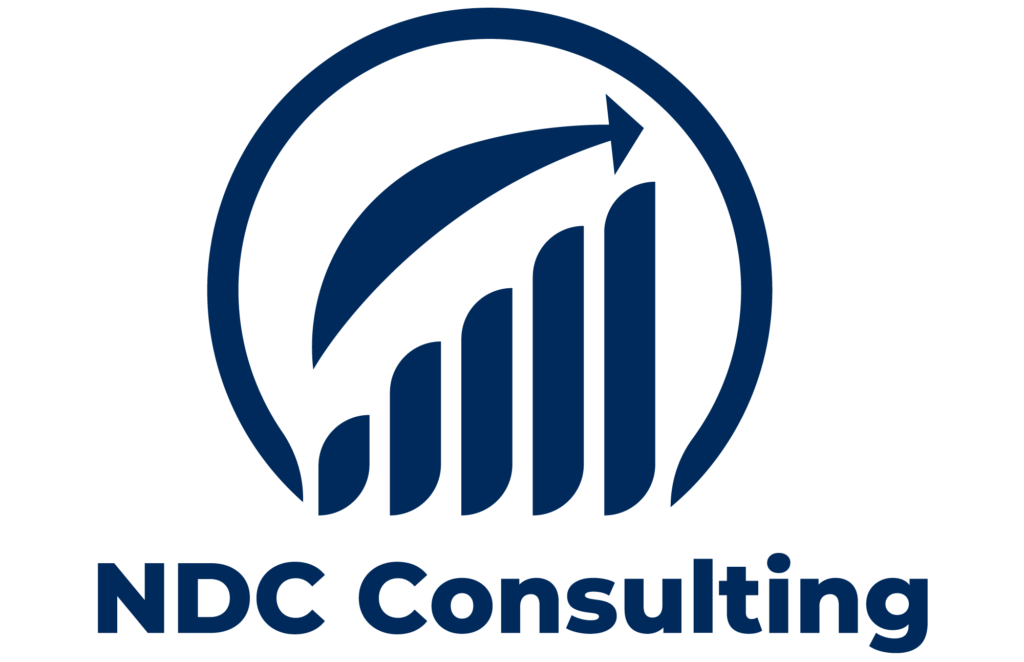
In 2023, third-party vendors were responsible for 60% of healthcare data breaches, which cost enterprises an average of $10 million per. Of all third-party breaches across industries, 28% occurred in the healthcare industry by 2024. In order to protect patient data and stay in compliance with regulations, healthcare firms must adopt robust third-party risk management systems, as these trends highlight.
Healthcare companies face particular difficulties when it comes to managing third-party relationships. The stakes are considerably higher for patient data privacy and continuous care delivery. Beyond simple vendor evaluations, third-party risk management has expanded in the healthcare industry. Modern solutions necessitate a comprehensive strategy that blends proactive monitoring, regulatory compliance, and cutting-edge technology.
This article will help you create a robust approach for managing third-party risk. In 2025 and beyond, your company, patients, and collaborations will remain safe.
Would you like to alter the third-party risk management plan used by your healthcare organization? Let’s examine it more closely.
Recognizing the Particular TPRM Issues in the Healthcare Industry
In the rapidly changing digital world of healthcare, enterprises are confronted with novel issues in managing third-party risk. In 2024, data breaches exposed a record $145.5 million health records, resulting in an average cost of $4.35 million for enterprises. Two data breaches occur on average every day for healthcare firms these days.
Critical Vulnerabilities in Patient Data
Sensitive patient data presents special data security challenges for healthcare firms. More often, cybercriminals target business associates and healthcare professionals. These weaknesses have an impact on:
- Systems for electronic health records
- Platforms for managing medical devices
- Systems for charging patients
- Applications developed by third parties
Complexities of the Healthcare Supply Chains
Cyberattacks on healthcare supply chains have increased during the last five years, especially those involving software platforms and medical equipment. Even though precise numbers are difficult to determine because of underreporting and the complexity of supply chains, a number of noteworthy cases demonstrate the extent of this problem:
- HCA Healthcare Breach (2023): A data breach struck HCA Healthcare, a significant hospital operator in the United States, in July 2023, impacting at least 11 million patients in 20 states. An external storage site utilized for email formatting automation was identified as the source of the intrusion, highlighting flaws in third-party software systems.
- The nonprofit blood distributor OneBlood, which supplies more than 250 hospitals in the Southeast region of the United States, was the target of a ransomware attack in August 2024. Hospitals were forced to take emergency conservation measures as a result of this incident’s disruption of blood supply lines.
- Hackers may have compromised the data of one-third of Americans in February 2024 when they gained access to UnitedHealth’s Change Healthcare division. Many patients and healthcare professionals were impacted by this nationwide disruption in medical claims processing.
Prerequisites for Regulatory Compliance
In the healthcare industry, third-party risk management relies heavily on HIPAA compliance. Healthcare institutions need to adhere to a number of fundamental standards:
- Written contracts with suppliers who handle protected health data.
- Frequent evaluations of business associates’ security procedures for risk.
- Constant observation of cybersecurity protocols.
These issues get more complicated due to outdated technology and a wide range of network users. Healthcare networks need to provide space for workers, subcontractors, and suppliers. Numerous healthcare applications continue to operate on outdated platforms, resulting in new cybersecurity risks that require cautious handling.
Establishing Your TPRM Basis
A methodical strategy establishes the foundation for healthcare third-party risk management. Strong stakeholder relationships, wise resource allocation, and trustworthy assessment frameworks are the three main components of successful TPRM initiatives.
Development of a Framework for Risk Assessment
The ideal place to start is with a well-designed risk assessment framework that complies with industry standards. Establishing appropriate governance structures increases an organization’s chances of identifying key vendor risks early by 33%. The following are crucial factors to take into account:
- Clearly defined program goals and guidelines
- Common evaluation standards
- Automated tools for evaluating vendors
- Protocols for ongoing monitoring
Allocating Resources and Creating A Budget
Allocating resources effectively requires careful budgeting. Roughly 10.9% of healthcare businesses’ IT budgets go toward managing third-party risks. The following should be the main priorities of your budget:
- Automated technology investments
- Development and training of employees
- Instruments for ongoing observation
- Plans for incident reaction
Alignment Strategies for Stakeholders
Effective stakeholder relationships are the foundation of TPRM initiatives. Third-party risk is 40% better managed by organizations with defined roles and responsibilities. Effective communication between internal departments and external vendors is essential for good alignment.
This alignment can be accomplished with the use of a centralized tracking system for all contracts and qualities. The system ought to include automated workflow features and role-based, tailored views according to the type of user or contract. Businesses that use these technologies say that stakeholder collaboration and risk visibility have improved.
Tools and procedures are only one aspect of a solid TPRM foundation. It makes your healthcare organization as a whole more risk-aware. A program that addresses present demands and grows to meet future problems is developed with the aid of these three fundamental components.
Applying Risk Management Solutions for Vendors
Third-party risk management for healthcare has advanced significantly with the introduction of automated vendor risk assessment and continuous attack surface monitoring technologies. Threat detection has been completely transformed by AI, and companies using AI-powered systems report a 70% decrease in false positives.
Tools for Automated Vendor Assessment
Reviewing third-party providers has evolved as a result of automated evaluation technologies. Large volumes of data are processed by these systems, which also reliably identify possible hazards. As demonstrated by automated tools, they can:
- Reduce the evaluation time by 40%.
- Respond to security questionnaires right away.
- Verify vendor responses automatically
- Compile thorough risk profiles.
Constant Monitoring of the Attack Surface
Ongoing, real-time evaluations of an organization’s security protocols and possible weaknesses constitute continuous attack surface monitoring. This kind of monitoring continuously identifies, evaluates, and reduces possible threats over the whole attack surface of a business, including outside vendors.
Continuous Attack Surface Monitoring’s Advantages
Businesses are better able to comprehend their security risks, promptly handle and rank new threats, and fortify their complete cybersecurity posture when they engage in continuous monitoring. Always-on attack surface monitoring shields enterprises against unintended security dangers in today’s world of evolving vulnerabilities and ever-changing attacks.
Businesses and their data are dynamic, necessitating flexible risk management. Regular monitoring of the attack surface eliminates security blind spots that used to exist between assessments and shortens the time it takes to fix any threats that arise.
Allowing a third party to access an organization’s digital environment puts it at danger. Before hiring a vendor, businesses must conduct their own research, regardless of the vendor’s alleged credentials, references, and solutions. Assess the effect of a third party on your security prior to signing a contract.
Ongoing attack surface monitoring gives businesses precise, up-to-date information about a vendor’s risk, enabling them to make better decisions regarding vendor relationships and risk reduction techniques. It’s a scalable solution as well; as businesses add more third-party providers, ongoing attack surface monitoring grows to encompass the whole vendor ecosystem.
Developing a Risk-Aware Culture
Third-party risk management in the healthcare industry requires a strong culture of risk awareness. The past year has seen a 287% rise in third-party data breaches. Establishing this culture calls for a thorough strategy that incorporates response planning, communication, and training.
Training Programs for Staff
Businesses with thorough security training saw a 55% decrease in security incidents. It is crucial to put in place efficient training programs. It should concentrate on:
- Frequent cybersecurity awareness training
- Role-specific training in risk management
- Exercises based on real scenarios
- Competencies in managing vendor relationships
- Updates regarding compliance requirements
Protocols for Communication
40% less time is spent responding to incidents when there is clear communication. Transparent reporting and frequent updates between internal teams and outside vendors are key components of effective practices. Since third-party incidents currently account for about 60% of all healthcare data breaches, this approach is effective.
Planning for Incident Response
A thorough protection against new threats is produced via incident response planning and ongoing attack surface monitoring. A well-planned strategy yields outstanding outcomes:
- Quick threat analysis and categorization
- Activation of a coordinated response
- Management of stakeholder communication
- Documentation of recovery and lessons acquired
The likelihood that a breach would be contained within 30 days is 33% higher for organizations that employ these structured response procedures. Given that healthcare firms typically handle two security incidents per day, this finding is significant.
Our experience with third-party risk management in the healthcare industry demonstrates that integrating risk awareness into company culture is essential to success. A structure that safeguards patient data and upholds operational effectiveness is established via staff training, transparent communication procedures, and robust incident response plans.
In Conclusion
The management of third-party risk presents serious difficulties for healthcare companies. Security incidents and data breaches are still increasing at startling rates. Sensitive patient data is protected and regulatory compliance is guaranteed by a comprehensive TPRM program that integrates robust evaluation frameworks with appropriate resource allocation and team collaboration.
In today’s healthcare TPRM, automated vendor risk management systems are essential. These solutions offer breach warnings, automated assessments, and ongoing third-party attack surface monitoring. Together with these technological advancements, the core team’s training and well-defined communication procedures provide a robust protection against new threats.

